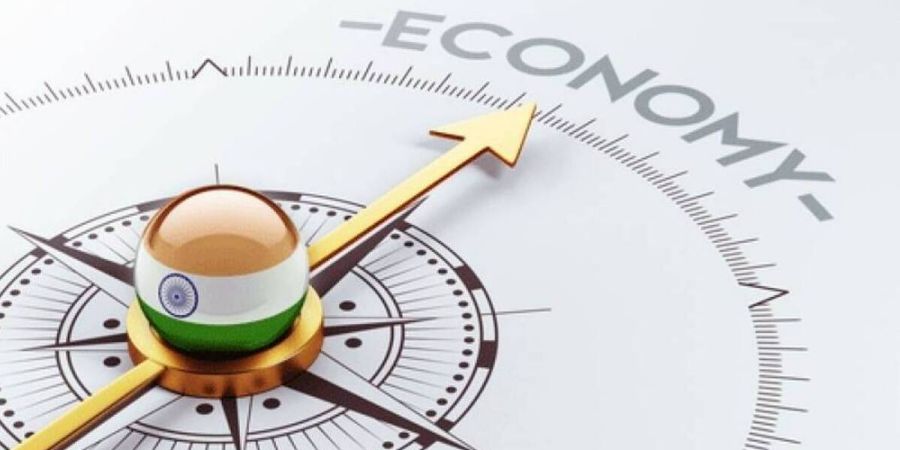

After Indian Independence, economy was influenced by the colonial influence by large public sector, business regulation and state monitoring. Indian economy was a closed economy earlier, there were export or imports in the country with the other countries. License Raj was prevalent in Indian Businesses. Indian rupee was inconvertible, import duty was high and therefore no foreign good was able to enter the Indian territory. There was also a market n which PSU were considered the energy growth and there was a belief that the internal market should be striving India towards growth.
the factors that led to the 1991 reforms, the first one being the rise in the price. There was a huge inflation of prices from 6.7% to 16.7%. There was also a huge increase in oil because of the Iraq war. PSU were not working properly and slowly became a liability for the government. There were also huge physical deficits because of which the Indian government had to take large amount of loan from the world bank. We also had seen decrease in our foreign reserves. At one point we also saw that there were only two means of foreign direct reserves remaining in our treasury.
For this the new economic policy known as the LPG, also known as Liberalization, Privatization, Globalization was introduced on 24th of July 1991. The main aim was to push the Indian economy into the arena of Globalization and Privatization and help the Indian economy to grow. The key feature included the abolition of license raj and entry of foreign direct investment, which will lead to investments in private sector businesses, privatizing the public sector for more investment.
The outcome of this reform was that, we were able to sustain huge growth. In 1990-1991 there was only 1% of growth, while if we talk about 2015-16 there was been growth up to 5%. India has made it self so capable and also placed itself at such a position for more foreign direct investments to come. The foreign direct inflow in India was almost 20 billion dollars. There was more employment, more per capita income and exports increased at 26.3 million dollars in 2019.
The negative side of the reform was that in 1991 the agriculture sector brought the employment to 72% and contributed 30% to the GDP. Now the share in down to 15% and only 50% of population is employed in agriculture. More MNC competing with domestic market have hampered the growth of the domestic market and because of which India today has started few campaigns to bring back that growth again. There was a need of widening the economic gap within the country and discussion of environment issues and discussion of how to perceive sustainable growth were also seen.
Thankyou🌼






